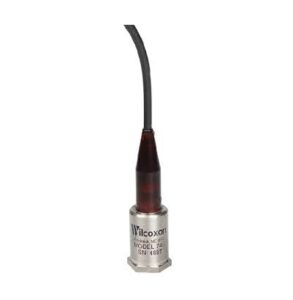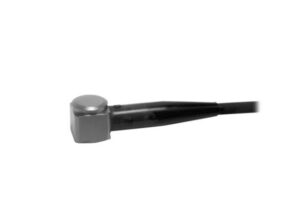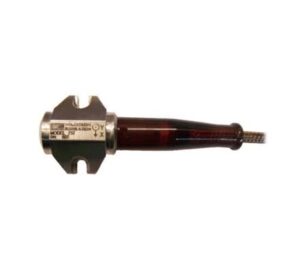
Wilcoxon underwater accelerometers are designed to be used virtually anywhere under continuous submersion. They are built to withstand the high pressures of deep submergence. Titanium cases are used when the accelerometer must be highly resistant to galvanic corrosion or mounted on titanium structures. Stainless steel can be used for applications where the accelerometer will be mounted on cast iron or mild steel structures since they are near one another on the galvanic series list.
The ability to retain a hermetic seal while submerged is paramount for underwater accelerometers. All Wilcoxon underwater accelerometers are designed for continuous exposure to 650 PSI of water pressure. Helium leak testing is used to verify the hermeticity of the welding for accelerometers.
Features:
Underwater accelerometers models and specifications



Specifications
| PARAMETER | VALUE |
| Sensor output | Dynamic vibration (IEPE) |
| Sensitivity | 100 mV/g |
| Sensitivity tolerance | ±10 % |
| Frequency response, ±3 dB | 2 Hz – 2,000 Hz |
| Mounting thread | Two 10-32 x 7/16 SHCS on 1.125″ bolt circle |
| Connector style | Integral cable |
| Connector orientation | Side exit |
| Full-scale range | 50 g peak |
| Temperature range | –50°C to +80°C |
| Weight | 110 grams |
| Phone | 303-279-7797 |
|---|---|
| TollFree | 800-279-7796 |
| Fax | 303-278-9909 |
| Address | 1075 S Yukon St, Suite 100 Lakewood, CO 80226 |
Stay connected! Subscribe to our newsletter to stay up to date with all the latest products.